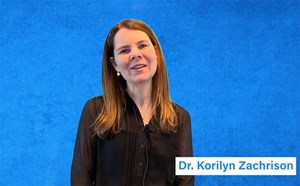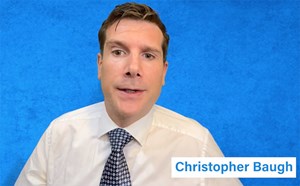In part 2 of this 2-part series. Dr. Zachrison discusses some tips on how to do the telestroke console well.
Faculty: Dr. Korilyn Zachrison S., MD, MSC, FACEP, FAHA
Associate Professor of Emergency Medicine at Massachusetts General Hospital (MGH) and Harvard Medical School and affiliated faculty with the Onnela Lab at Harvard T.H. Chan School of Public Health.
Dr. Zachrison’s academic focus is on improving systems of care for time-sensitive emergency care delivery. She studies telemedicine and stroke systems of care; her approach includes applications of network science and mathematical decision modeling.
Read Video Transcript
Hello, and thank you for joining us for part two of the MicroED talks on Telestroke.
In this talk, we'll review some pearls and tips for how to do the Telestroke consult well.
First is positioning. Make sure the bed is directly in line with the camera. If it's at an angle or to the side, this may impact the Telestroke consultant's view of the patient and the interpretation of components of the remote exam, such as facial asymmetry.
Number two is consent. Some states require consent for the use of Telestroke. Know the rules of the state where you're practicing, and ensure that this is part of your site's protocol and your own processes when using Telestroke.
Number three, introductions. We're all working together here. Good rapport between clinicians is critical for optimal patient care, whether virtual or in person. Start with introductions, including the names and role groups of everyone in the room so that each person can be identified and is empowered to contribute.
Number four, communicate. The Telestroke consultant may need us to reposition the camera or to pause, so that they can zoom in on the patient for particular components of the exam, such as evaluation of gaze. Checking in and communicating with the consultant on timing and positioning will help the exam proceed smoothly.
Five, we're a team. If there are things that didn't go as well as they could have, don't hesitate to give feedback and work on things to improve for next time around. Our remote consultants won't know how to improve their interactions with us and with our patients unless we give them that guidance. And at the same time, we can also be open to receiving feedback if there are ways to improve processes on our end in the ED as well.
Telestroke is a really valuable tool for us in the ED. We can optimize its impact on our care delivery and our patient's outcomes when we use it well.




